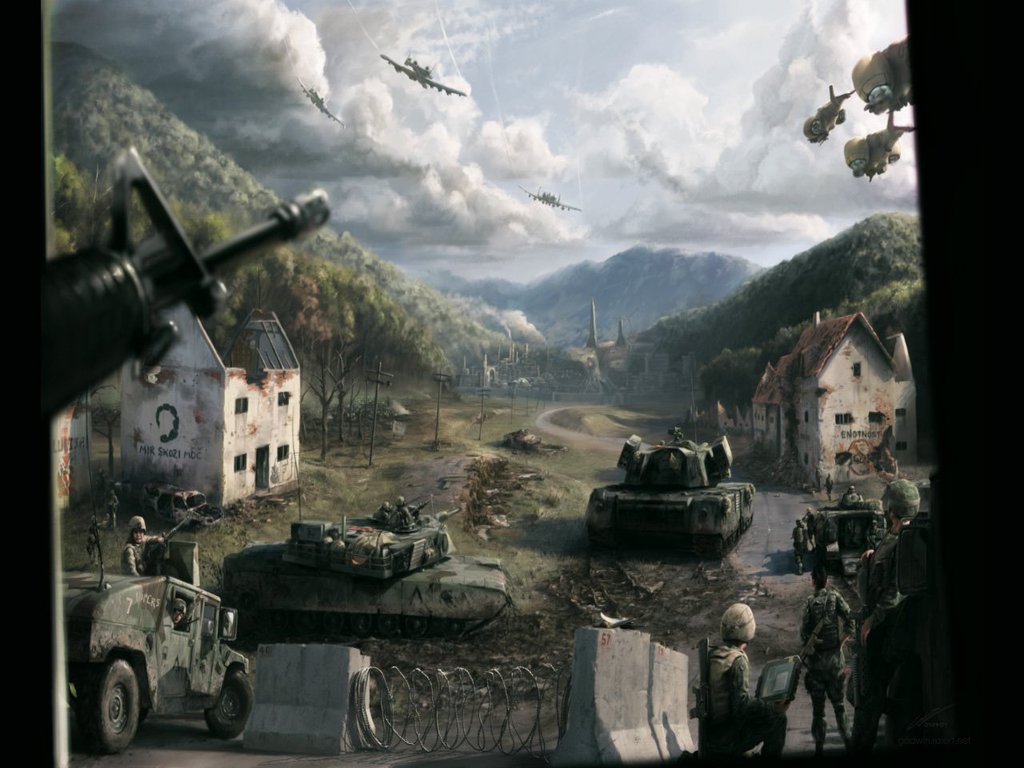
I’ve had to do some research into possible near-future weapons systems for a couple of series, now. If you’ve read The Colonel Has A Plan, you might have noticed that the Marines under Colonel John Brannigan are using M27s and LSAT machineguns instead of the current M4s and M249s or M240s. Similarly, the Marines at Camp David in Lex Talionis are armed with M27s.
Now, arming Marines with M27s is an easy choice, since the Marine Corps recently announced a wider deployment of the glorified HK 416s, but it touches on a common theme when writing near-future military fiction. Including new weapons and gear that isn’t necessarily in common use yet helps to establish your setting.
It can also date the book.
Now, it didn’t necessarily show up in film much, but the HK G11 was the up-and-coming, futuristic rifle in the ’80s and early ’90s. It showed up in video games, including Fallout 2, Jagged Alliance 2, and Delta Force Land Warrior. It was in several novels, including the SOBs novel Show No Mercy, where it is referred to in passing as a glorified “super-gun.” Ian Douglas had the Marines using a version of it in the first of his Heritage Trilogy, Semper Mars. A high-tech, sci-fi German rifle firing a caseless cartridge, it was the next game-changer in infantry weapons.
Except that it was never actually fielded. And, as Ian from Forgotten Weapons points out, for some very good reasons:
Any infantryman who just looked at that clockwork monstrosity of an action has to have just said, “Holy hell,” or some such equivalent.
Now, I just said that including the G11 (or the next HK uber-rifle that went nowhere, the XM-8) necessarily dates the story, but that isn’t necessarily the fault of the author. No prediction is ever going to be 100% right. And when it comes to weapon procurement, the crystal ball gets particularly cloudy. There are all sorts of reasons why a weapons system might appear to be the next up-and-coming thing, but gets cancelled at the last minute. Sometimes it’s politics, sometimes it’s the fact that the weapon in question isn’t nearly as good as the company’s PR department makes it out to be.
But there comes a point where the author just has to make the decision. It would probably be safer to just stick with current tech, but are you trying to write a prediction, or a novel? Again, including future weapons systems helps to establish the setting. It tells the reader, “Okay, this is a bit futuristic, so there’s going to be some cool stuff that doesn’t quite work yet.”
I’m having to do something similar going into the next upcoming series. There are several competitions currently running for new vehicles and weapons for the Army and the Marine Corps. Other nations are also updating their own arsenals. None of these have been finalized yet. I can either roll the dice and paint a picture of a near-future military with some stuff that might or might not actually get deployed, or play it safe and go with what’s been used for the last couple decades, though a lot of that has changed rapidly, as well.
I’m rolling the dice. If I’m wrong, and end up featuring the equivalent of the G11’s “Kraut Space Magic,” then I hope I’ve told a good enough story that the reader is willing to overlook it.
Pingback:Maelstrom Rising Tech - The M5 Powell Infantry Fighting Vehicle - American Praetorians